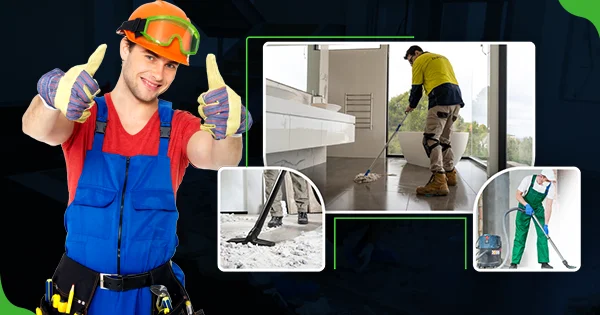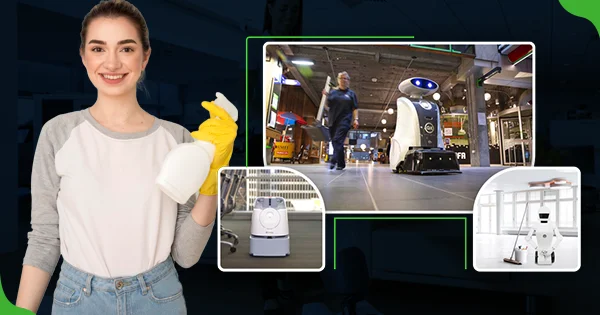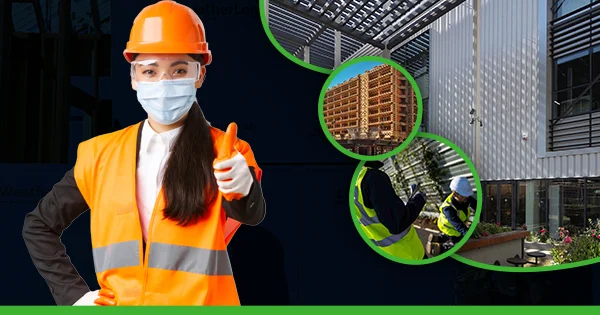Sanitising high-touch surfaces in retail spaces is of utmost importance, especially in today’s world where hygiene and cleanliness have become a top priority. Retail spaces are frequented by many people, making them hotspots for the spread of germs and bacteria. By regularly cleaning and sanitising high-touch surfaces, retailers can create a clean and safe environment for both their employees and customers.
The Importance of Sanitising High-Touch Surfaces in Retail Spaces
Sanitisation is crucial in retail spaces to prevent the spread of germs and bacteria. High-touch surfaces, such as door handles, shopping carts, and payment terminals, are constantly being touched by multiple people throughout the day. These surfaces can become breeding grounds for germs and bacteria if not properly cleaned and sanitised.
Failure to sanitise high-touch surfaces can lead to the spread of illnesses among employees and customers. Germs and bacteria can easily transfer from one person to another through touch, leading to the transmission of diseases such as the common cold, flu, or even more serious infections. By regularly sanitising high-touch surfaces, retailers can reduce the risk of illness and create a healthier environment for everyone.
Understanding the Risks of Germs and Bacteria in Retail Environments
Retail environments are prone to harbouring various types of germs and bacteria. Commonly found germs include influenza viruses, norovirus, E.coli, and Staphylococcus aureus. These pathogens can survive on surfaces for extended periods, waiting to be picked up by unsuspecting individuals.
Germs and bacteria in retail spaces can spread through direct contact with contaminated surfaces or through respiratory droplets when an infected person coughs or sneezes nearby. This makes it crucial to regularly clean and sanitise high-touch surfaces to prevent the spread of these pathogens.
Top High-Touch Surfaces to Focus on in Retail Spaces
Several high-touch surfaces in retail spaces should be given special attention when it comes to cleaning and sanitisation. These include:
✔️ Door Handles
Customers and employees touch door handles multiple times throughout the day, making them a prime breeding ground for germs and bacteria.
✔️ Shopping Carts and Baskets
This is constantly handled by customers, making them a potential source of contamination. Regular cleaning and sanitisation of shopping carts and baskets can help prevent the spread of germs.
✔️ Payment Terminals
Customers frequently touch payment terminals when making purchases. These surfaces should be regularly cleaned and sanitised to reduce the risk of transmission.
✔️ Countertops and Display Cases
These surfaces are often touched by both employees and customers. Regular cleaning and sanitisation can help prevent the spread of germs.
Best Practices for Cleaning and Sanitising High-Touch Surfaces in Retail
To effectively clean and sanitise high-touch surfaces in retail spaces, it is important to follow a step-by-step process:
- Start by removing any visible dirt or debris from the surface using a clean cloth or paper towel.
- Use an appropriate cleaning solution to wipe down the surface thoroughly. Pay special attention to areas that are frequently touched.
- After cleaning, apply a sanitising solution to the surface. This will help kill any remaining germs or bacteria.
- Allow the sanitising solution to sit on the surface for the recommended amount of time before wiping it off.
- Dispose of any used cleaning materials properly and wash your hands thoroughly after completing the cleaning process.
Choosing the Right Cleaning Products for Effective Sanitisation
When it comes to choosing cleaning products for effective sanitisation, it is important to consider their effectiveness against germs and bacteria. Look for products that regulatory bodies such as the Environmental Protection Agency (EPA) have approved for sanitisation purposes. Commonly used cleaning products for sanitisation include disinfectant wipes, sprays, and solutions.
Creating a Sanitisation Schedule for High-Touch Surfaces in Retail Spaces
High-touch surfaces should be cleaned and sanitised multiple times throughout the day, especially during peak hours when customer traffic is high. It is also important to allocate specific time slots for deep cleaning and sanitisation of the entire retail space.
Benefits of Regular Sanitisation in Retail Spaces
Regular sanitisation in retail spaces offers several benefits:
✔️ Reduced Risk of Illness
Regular cleaning and sanitisation of high-touch surfaces can help reduce the risk of illness among employees and customers by eliminating germs and bacteria.
✔️ Improved Customer Satisfaction
A clean and sanitised retail environment creates a positive impression on customers, making them feel more comfortable and confident in their shopping experience.
✔️ Enhanced Employee Morale
When employees see that their workplace is clean and well-maintained, it boosts their morale and creates a healthier work environment.
✔️ Compliance with Regulations
Regular sanitisation helps retailers comply with health and safety regulations, ensuring that they provide a safe environment for both employees and customers.
Monitoring and Maintaining Sanitisation Standards in Retail Spaces
Ensure that high-touch surfaces are consistently cleaned and sanitised and inspect and audit regularly to check if cleaning protocols are being followed correctly. It is also important to have a feedback system in place where employees and customers can report any concerns or issues regarding sanitisation.
How to Communicate Sanitisation Efforts to Customers in Retail Spaces
Communicating sanitisation efforts to customers is important to build trust and confidence. Retailers can use various methods to communicate their commitment to cleanliness, such as:
✔️ Signage
Highlight the sanitisation measures being taken, such as regular cleaning schedules or the use of disinfectants, by placing signs throughout the retail space.
✔️ Social Media and Website
Use social media platforms and the store’s website to inform customers about the sanitisation protocols in place. This can include posting pictures or videos of the cleaning process.
✔️ Employee Communication
Train employees to communicate sanitisation efforts to customers when they interact with them. Verbal communication or wearing badges or uniforms that indicate their role in maintaining cleanliness can help to do this.
Conclusion
Sanitising high-touch surfaces in retail spaces is crucial for maintaining a clean and safe environment for both employees and customers. By understanding the risks of germs and bacteria in retail environments, focusing on high-touch surfaces, implementing best practices for cleaning and sanitisation, choosing the right cleaning products, training employees, creating a sanitisation schedule, and communicating sanitisation efforts to customers, retailers can ensure that their retail spaces are clean and hygienic. Regular monitoring and maintenance of sanitisation standards will help uphold these efforts and create a positive shopping experience for all.










